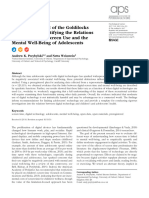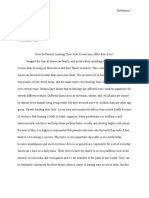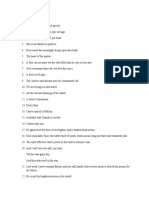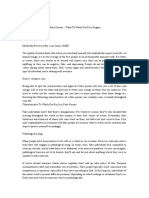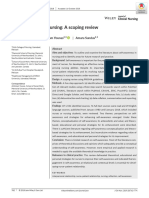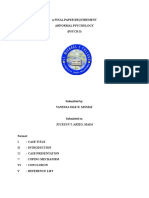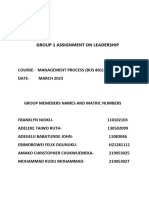0% found this document useful (0 votes)
136 views29 pagesResearch 3 Final 2.3
This study investigates the correlation between prolonged screen exposure and the physical and mental well-being of senior high school students at Rechab Academy, Inc. It highlights the negative effects of excessive screen time, including eye strain, anxiety, and sleep deprivation, while also acknowledging potential benefits such as improved social interactions and problem-solving skills. The research aims to provide insights for students, educators, and parents to promote healthier digital habits.
Uploaded by
euniiiiianneCopyright
© © All Rights Reserved
We take content rights seriously. If you suspect this is your content, claim it here.
Available Formats
Download as PDF, TXT or read online on Scribd
0% found this document useful (0 votes)
136 views29 pagesResearch 3 Final 2.3
This study investigates the correlation between prolonged screen exposure and the physical and mental well-being of senior high school students at Rechab Academy, Inc. It highlights the negative effects of excessive screen time, including eye strain, anxiety, and sleep deprivation, while also acknowledging potential benefits such as improved social interactions and problem-solving skills. The research aims to provide insights for students, educators, and parents to promote healthier digital habits.
Uploaded by
euniiiiianneCopyright
© © All Rights Reserved
We take content rights seriously. If you suspect this is your content, claim it here.
Available Formats
Download as PDF, TXT or read online on Scribd
/ 29


























